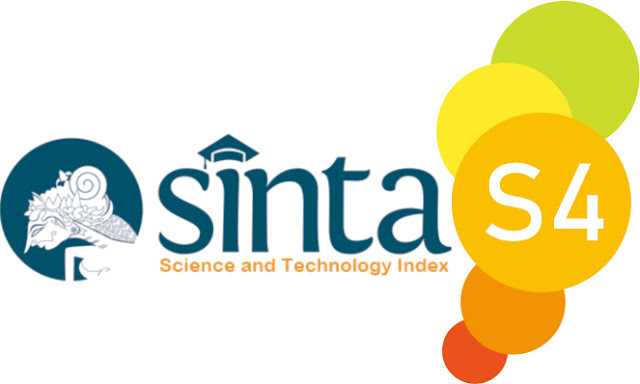Comparison Analysis of Short and Long TE on the Clinical Brain Tumor MRS Metabolite Spectrum
DOI:
https://doi.org/10.53861/lontarariset.v6i2.567Keywords:
MR Spectroscopy, Single Voxel, Short TE, Long TE, Brain TumourAbstract
MR Spectroscopy (MRS) can help determine the ratio of brain metabolite spectrum results, in diagnosing brain disorders, especially brain tumors. In MRS, the use of different Time Echo (TE) parameters will affect the results of the metabolite spectrum obtained, as well as the signal intensity at different peak and ratio values. MRS can be performed using short and long TE. This study aims to analyze the differences in peak values in the spectrum of choline, creatine and NAA metabolites and to analyze the comparison of MRS metabolite spectrum results using different TE value variations. The type of research is quantitative analytic with data collection methods using observation, experiments, measurements and literature studies. From the results of the research that has been done, it can be concluded that the use of different short and long TEs affects the results of the spectrum graph, affecting different peak values and ratio values. Both cannot be mutually exclusive, because they have their respective roles in establishing a diagnosis, so the use of this TE variation must be combined in order to establish a diagnosis.
Downloads
Downloads
Published
How to Cite
Issue
Section
License
Copyright (c) 2025 Larasati Putri Naibaho; Heri Kuswoyo, Sriyatun

This work is licensed under a Creative Commons Attribution 4.0 International License.
Lontara Journal Of Health Science And Technology is licensed under Creative Commons.
The journal allows the author to hold the copyright of the article without restrictions.
The journal allows the author(s) to retain publishing rights without restrictions.
The legal formal aspect of journal publication accessibility refers to Creative Commons Attribution 4.0 International (CC BY 4.0).
The Creative Commons Attribution 4.0 International (CC BY 4.0) license allows re-distribution and re-use of a licensed work on the conditions that the creator is appropriately credited and that any derivative work is made available under “the same, similar or a compatible license”. Other than the conditions mentioned above, the editorial board is not responsible for copyright violations.











